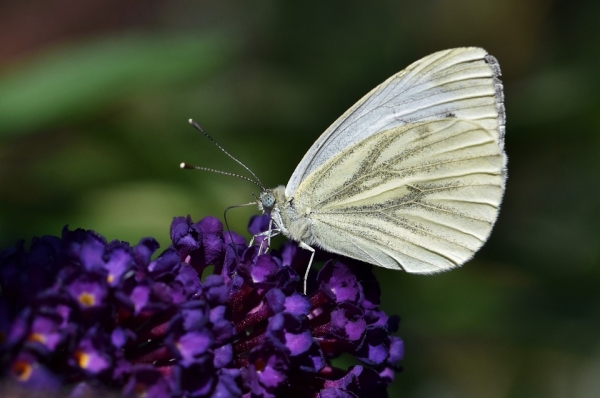New research finds that longer and warmer autumns make it less likely that green-veined white butterflies will survive winter to emerge in spring. The findings are published in the British Ecological Society journal, Functional Ecology.
A new study by researchers at Stockholm University, University of Oulu, and Greifswald University has investigated the potential impacts of climate change on butterflies. In laboratory experiments the researchers exposed the chrysalises of green-veined white butterflies – which are common throughout the UK and Europe – to simulated autumn conditions of varying temperature and length.
The researchers found the chrysalises exposed to warmer and longer autumn conditions lost more weight and used more energy than those exposed to milder conditions. Although the butterflies didn’t die immediately under the more elevated conditions, the researchers found that those that experienced them were less likely to survive to adulthood the following spring.
Dr Matthew Nielsen at the University of Oulu, who conducted the research at Stockholm University, said: “Climate change is making autumns warmer and last longer, and it was this specific combination of conditions that had the greatest impact on the butterflies in our study. We show that stressful conditions experienced at one time of year can have lasting negative consequences at other times of year, linking changes in one season to consequences in others.”
Read more at British Ecological Society
Photo Credit: Ralphs_Fotos via Pixabay


